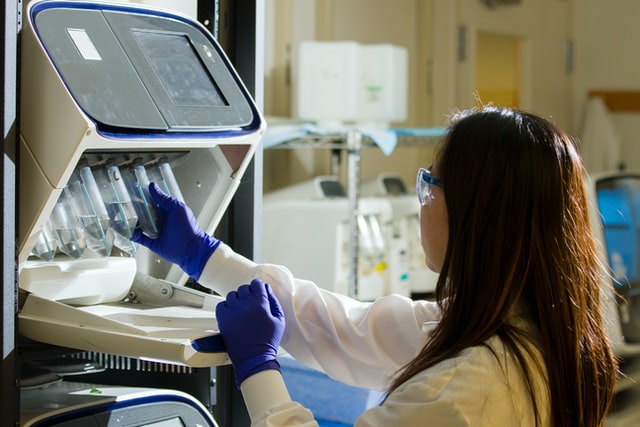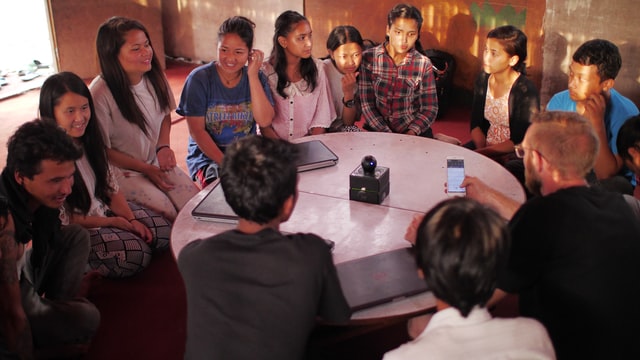
What do you think makes someone healthier? Is it having enough sleep or exercise? Or maybe a balanced diet? The way people perceive health depends on their lifestyle. Sometimes they believe certain foods or exercises are better than others. Technology has become a part of our everyday lives. From mobile phones, tablets, smartwatches, fitness trackers, GPS systems, and other wearable devices, we interact with them on almost a daily basis. Now, new technology is being created to address some of our basic human needs, such as food and water. This article lists how technologies make people healthy
Technology helps us manage health
It’s no secret that managing your health can be challenging for busy adults. Today there are many ways to help. Health apps, including those for tracking steps and resting heart rate, enable users to keep an eye on activity levels, dietary intake, and weight gain. These types of self-monitoring tools also encourage accountability. The ability to see progress over time is empowering. And apps like Fitbit offer encouragement by showing users when they meet specific physical activity goals.

Apps have made it easier for patients to monitor symptoms and receive reminders about medications (e.g., Lose It!). Some even include educational content. One example is the Diabetes Education App from Dexcom, Inc. In addition, smartphones and tablets are used to communicate with doctors and nurses via text messaging, scheduling appointments, and accessing medical records. There are even mobile applications that allow people to perform virtual doctor visits.
Technology improves our communication
We may have more data at hand than ever before—but we often don’t know what to make of it. Smartphones and tablets are helping us manage this information overload. Mobile apps provide patients with personalized education materials, tailored medication recommendations, and disease management advice. For instance, Medibank Connect provides members with access to a range of resources covering topics ranging from mental wellbeing to skincare. Several studies find that the availability of patient portals, which allow patients to view online health information about themselves, increases engagement in treatment decisions.

Technology can improve diagnosis
A study published in the Journal of General Internal Medicine found that using electronic tools during outpatient appointments improved physician communication and facilitated faster diagnoses, especially for patients who were seeing multiple physicians. Such tools could include interactive touchscreens displaying images or videos during office visits. Another option would be to implement a virtual waiting room where patients could watch movies or read books while they waited.
Technology reduces stress & anxiety
Smartphone games and audio programs designed specifically for kids and teens can reduce stress and anxiety associated with illness. Examples include Pokemon Go!, Where’s My Water?, and Candy Crush. For anxious adults, these same programs might take the form of mindfulness meditation courses or similar resources.

To conclude, technology has become part of everyone’s way of life. We rely on it every day; whether it’s getting directions to the store, streaming Netflix shows, chatting with friends, or communicating with clinicians.

